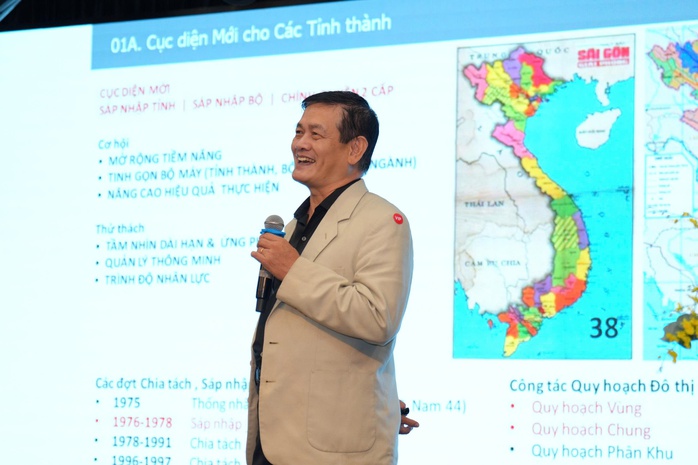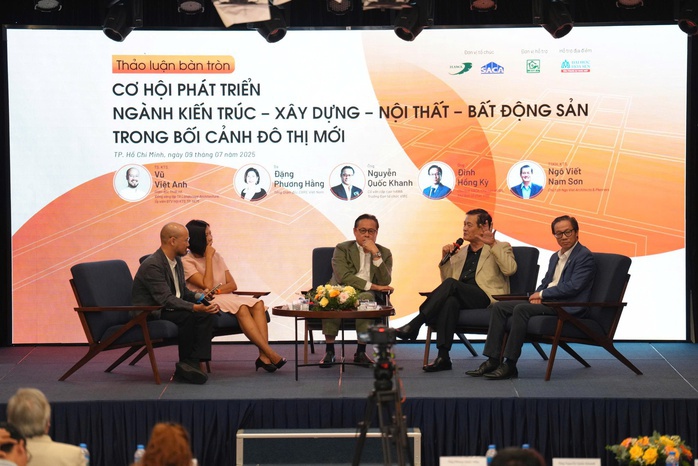Accelerating planning reform: Unlocking HCMC’s maritime and logistics power
(NLĐO) - Following the administrative merger, Ho Chi Minh City now offers expansive opportunities for growth, especially in the maritime economy, logistics...
At the seminar titled "Administrative Reform – Creating Development Space," organized recently by the Handicraft and Wood Industry Association of Ho Chi Minh City (HAWA) and The Association of Construction and Building Materials of Ho Chi Minh City (SACA), Dr. Pham Tran Hai from the Ho Chi Minh City Institute for Development Studies emphasized the urgent need to revise the city’s master plan to address post-merger challenges.
This revision aims to eliminate overlaps and redundancies while maximizing the advantages of integration. Ho Chi Minh City should incorporate strategies to develop its maritime economy, in conjunction to the Cai Mep – Thi Vai deep-water port system, previously under Ba Ria - Vung Tau province.
Dr. Hai suggested that the new planning framework should prioritize breakthrough growth in high-potential sectors such as finance, high technology, logistics, renewable energy, and eco-tourism.
He also called for the promotion of a university urban model and fostering innovation through a "quadruple helix" structure—government, universities, businesses, and communities.
Architect Ngo Viet Nam Son highlighted that Ho Chi Minh City could evolve into a modern maritime city with robust international connectivity. If well-planned, the Cai Mep – Thi Vai – Can Gio port cluster could compete with regional counterparts while serving as the gateway for import and export activities across the Southeast region.

Architect Ngo Viet Nam Son presents at the seminar.
From a business perspective, Mr. Phung Quoc Man, Chairman of HAWA, noted that the newly integrated economic space would enable the wood industry to optimize logistics and expand i1ts export markets.
Among the three former localities, Binh Duong was a hub for the wood industry, with export turnover nearing $5 billion; Ho Chi Minh City functioned as a commercial and technological center; Ba Ria - Vung Tau held strategic seaports. The merger, he said, will establish a closed-loop value chain, enhancing market responsiveness and reducing operational costs.
Mr. Pham Hien Nhan, Product Director of Viglacera Tile Trading JSC, stated that restructuring factory systems based on rational geographic allocation could reduce logistics costs by 5%–10%.
The company is developing a synchronized green materials ecosystem to provide comprehensive solutions for green construction projects in the region.

The guests discuss development opportunities in the context of the new urban landscape.
Experts also recommended that existing planning frameworks of HCMC, Binh Duong, and Ba Ria – Vung Tau remain effective until a synchronized revision is completed.
They proposed decentralizing authority to approve adjustments to HCMC’s new plan, adhering to the principle of "local decision-making, local implementation, and local accountability."
The seminar "Administrative Reform – Creating Development Space" marked the launch of a series of events under the Vietnam Furniture and Construction Exhibition (VIBE) 2025.
This event reflects the pioneering efforts of the VIBE Organizing Committee to enhance industry connectivity, strengthen ecosystems, and contribute directly to critical national development issues amid comprehensive administrative reforms and territorial mergers.
